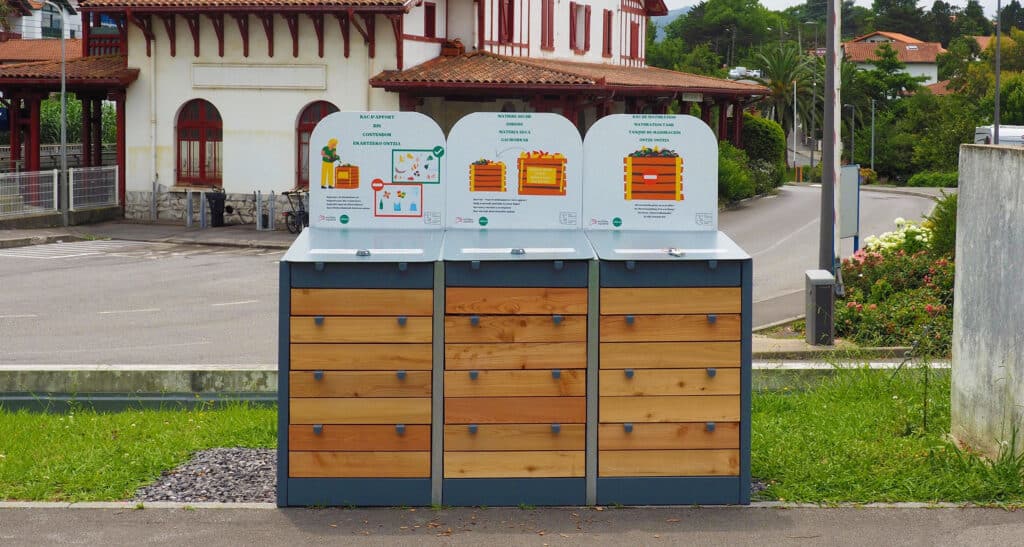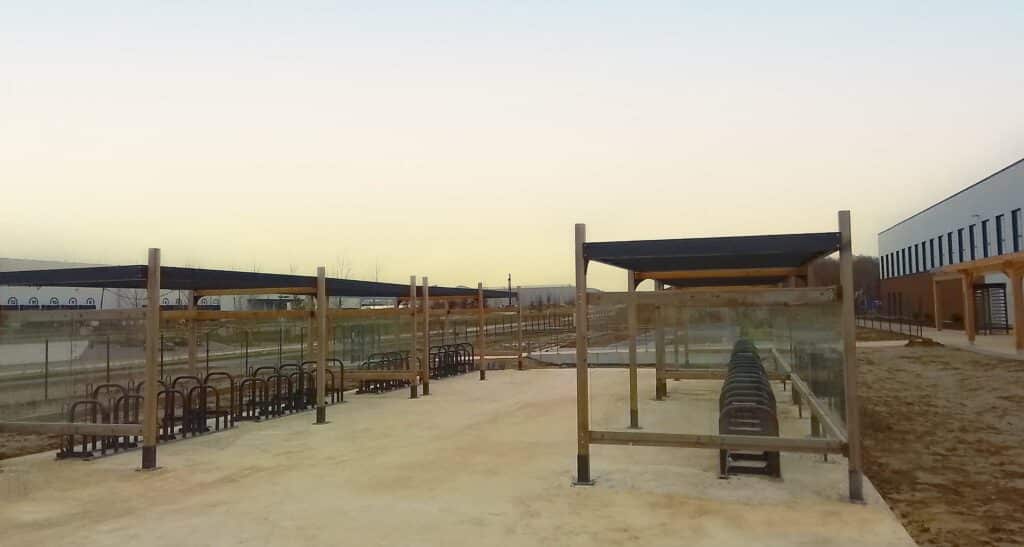Shelter communication: why and how?

Sometimes overlooked, communication on any type of shelter is an essential step to take into account in the installation process. And for good reason: communication is the main lever for encouraging people to use your shelters. Not only does it enable you to promote your infrastructures, it also enhances your image as a shelter installer. However, it’s not innate and it’s normal that you don’t know exactly how to do it. That’s why we’re giving you all our advice on why and how to communicate about a shelter.
WHY COMMUNICATE ON A SHELTER?
The aim of communication is to create understanding, win support and influence opinions/behaviors. It also aims to make something legible, visible and audible. It is precisely for these reasons that it is essential to communicate about a shelter.
Making people understand
Shelters are infrastructures made of steel or wood, open or closed, and of varying sizes. In short: it’s not always easy to recognize the function of a shelter without any indication. For example, some of our enclosed bicycle shelters and enclosed container shelters look alike. They can easily be confused by users. Communicating directly on thebike shelter will help passers-by understand the utility of the infrastructure as well as its use.
On enclosed bike shelters, communication is essential to indicate the shelter’s opening hours, rules and access procedures.
On shelters dedicated to the collection and sorting of waste/biowaste, this allows users to be informed of authorized waste, rules to be respected, waste destination, etc.
Gaining support
Once your shelter has been installed, the aim is for it to be used. With this in mind, communication is your best ally. You need to communicate about its location, operation and features, so that users will want to use it. It’s up to you to make your target understand what the shelter can do for them.
Influencing
By installing a bicycle shelter or a shelter for sorting bio-waste, you’re helping to reduce your company’s/city’s carbon emissions. Communicating about these projects helps to highlight your responsible commitment and thus enhance your brand image and reputation. It also encourages local residents/company employees to get more involved in responsible actions such as bike-sharing or biowaste sorting.
HOW TO COMMUNICATE ABOUT A SHELTER?
To promote your shelters effectively, you have several options. If you want to maximize your impact, it’s best to vary your communication channels and choose the most direct ones for your targets.
Adhesive bonding
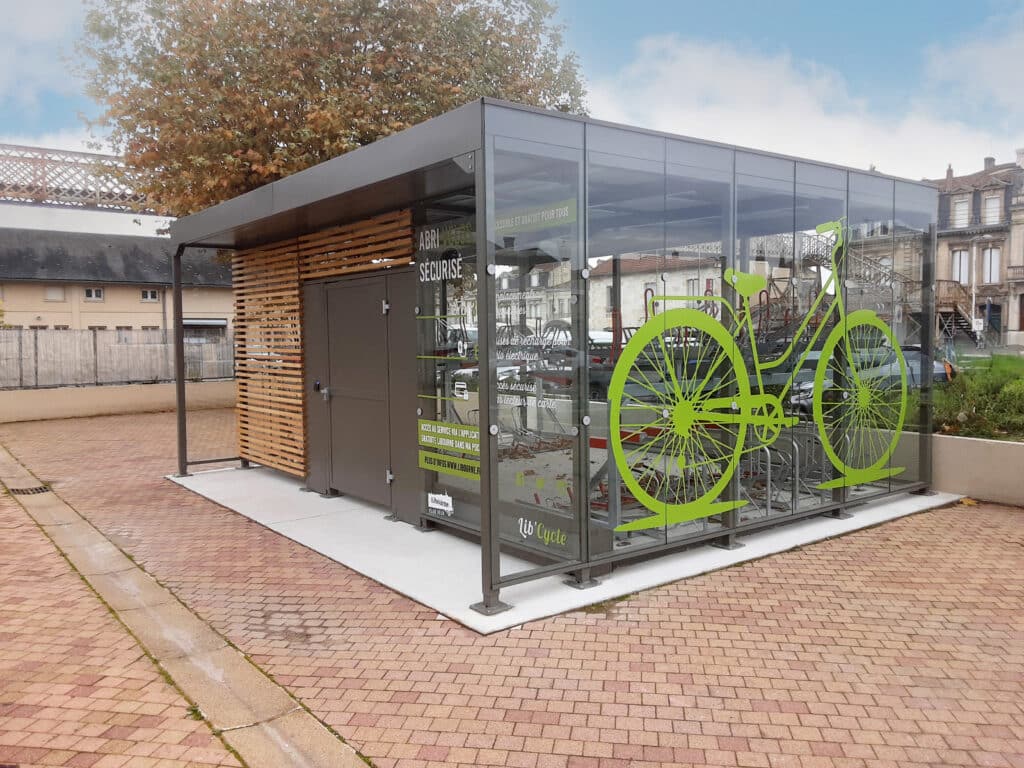
Most of our shelters feature an attractive adhesive surface for communication purposes. You can personalize this surface with the information of your choice, such as :
– Your logo / name
– Your colors
– Shelter access information
– The different stages of use
– Illustrations
It’s an effective, almost unavoidable and much appreciated option for communicating easily with the users of your shelters.
The plans
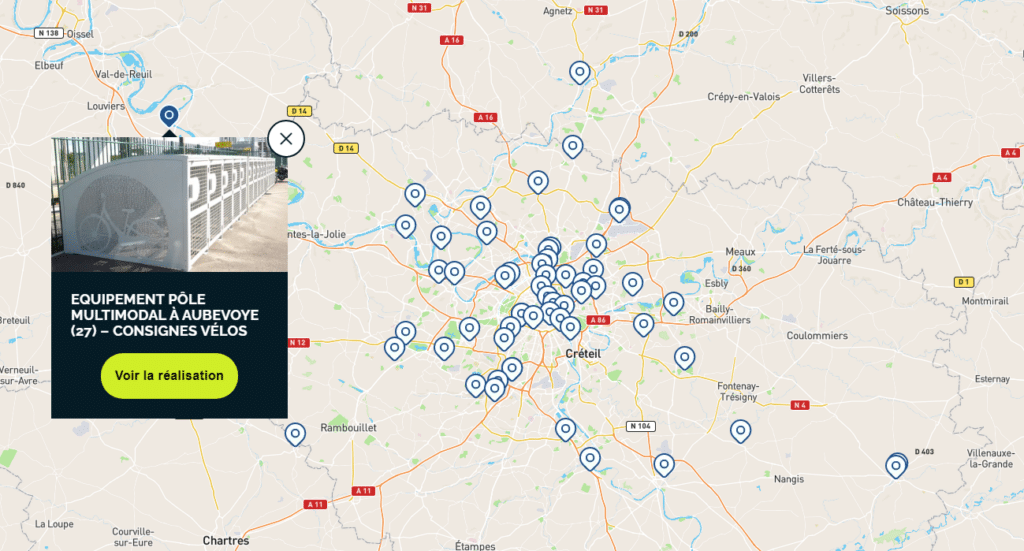
It’s also important to reference the shelters on the various city maps. Whether for bike shelters, bus stops or community composters, residents and tourists alike regularly refer to city maps to find what they’re looking for, whether physical/paper or digital. If you’re a company, bike shelters should be indicated on the company map and in the welcome booklet.
Digital
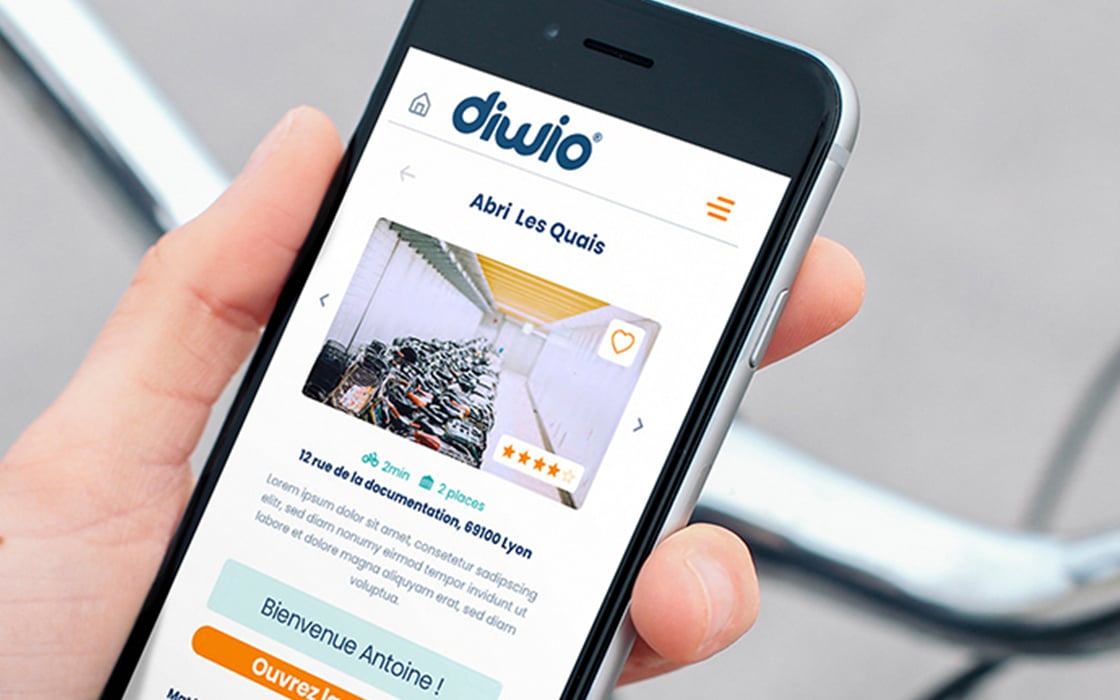
To communicate about your shelters, you can create a section on your website or create a dedicated website. For example, with our Diwio operating system, we can create a website that allows users to register, find the different bike shelters in a city and subscribe to the service. Social networks are also one of today’s most effective media. Creating several publications about your newly installed shelters will help promote their use. Sending an e-mail is also a good way for a company to circulate information.
Events

Bicycle shelters are frequently inaugurated. During these events, activities are often organized to train users in the operation of the shelter. These opening events are often very successful when collective composters are installed. You can also offer training courses that include the use of your bike shelters, such as a course on how to ride in the city or how to sort bio-waste, to encourage the inhabitants of your town to get involved in the desired actions and use the shelters.
Signage
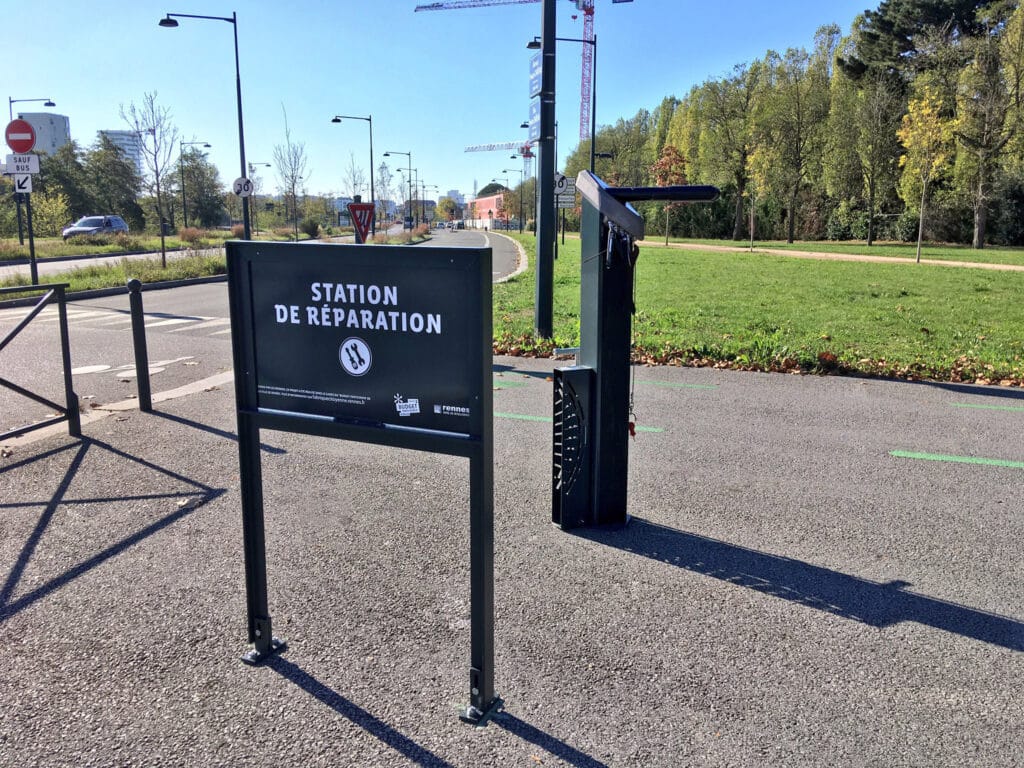
Display panels are easy to install and can be used to communicate information, schedules and operating instructions. This mode of communication is very practical, as the information is easily accessible and can be updated regularly. Make sure that shelters are clearly signposted outside buildings or along cycle paths to guide users to their location.
You now have the keys to successful communication for your bike shelters. At Abriplus, we can help you design your adhesives. If you’re interested in installing a bike shelter or a biowaste sorting shelter, or if you need advice, don’t hesitate to contact us. We’ll be delighted to help you.
Need some inspiration?
Discover our latest creations!
Share this article

